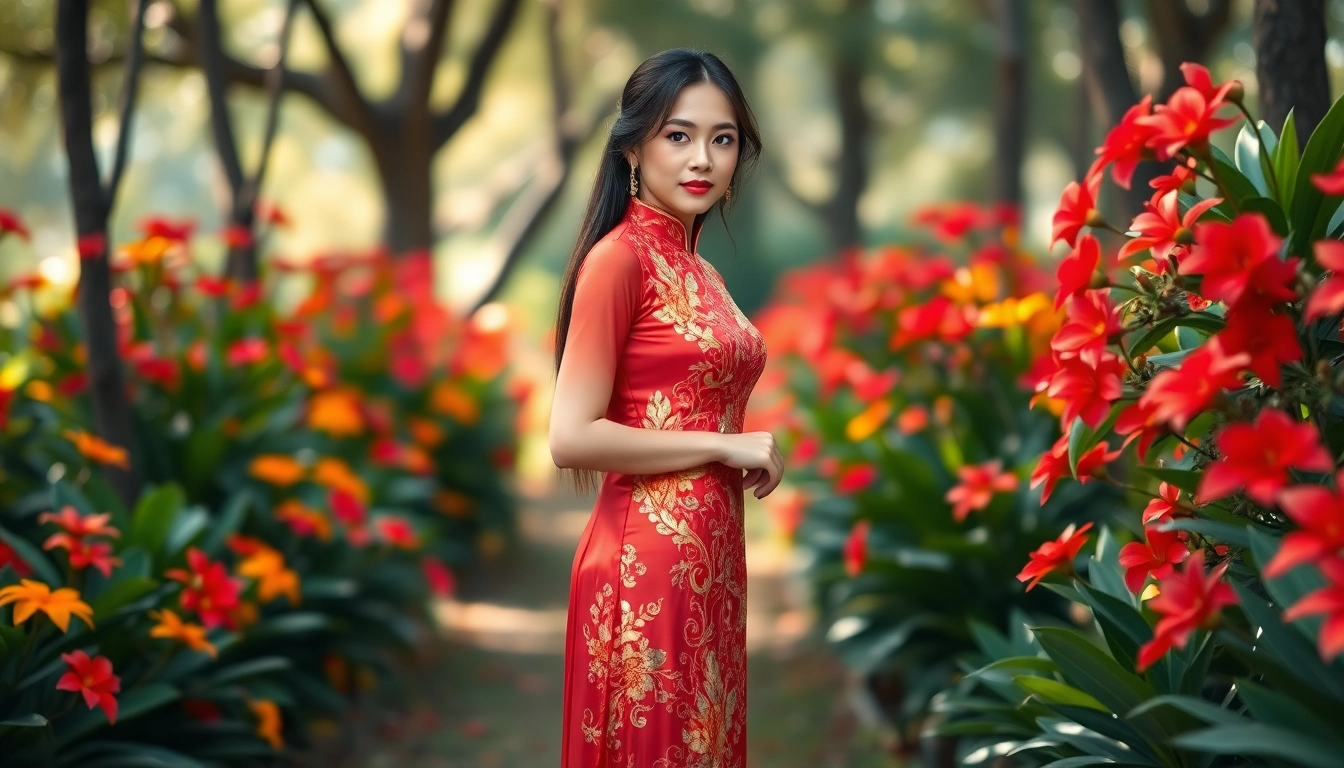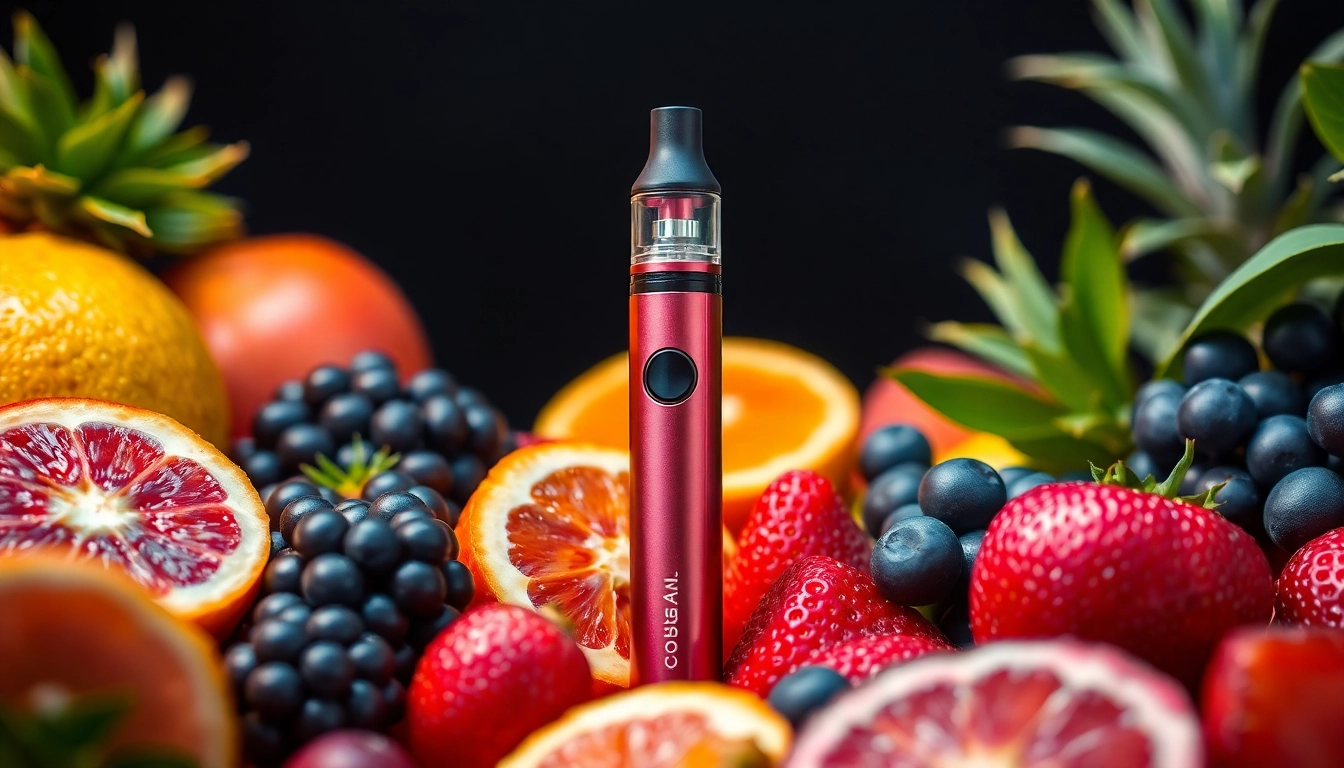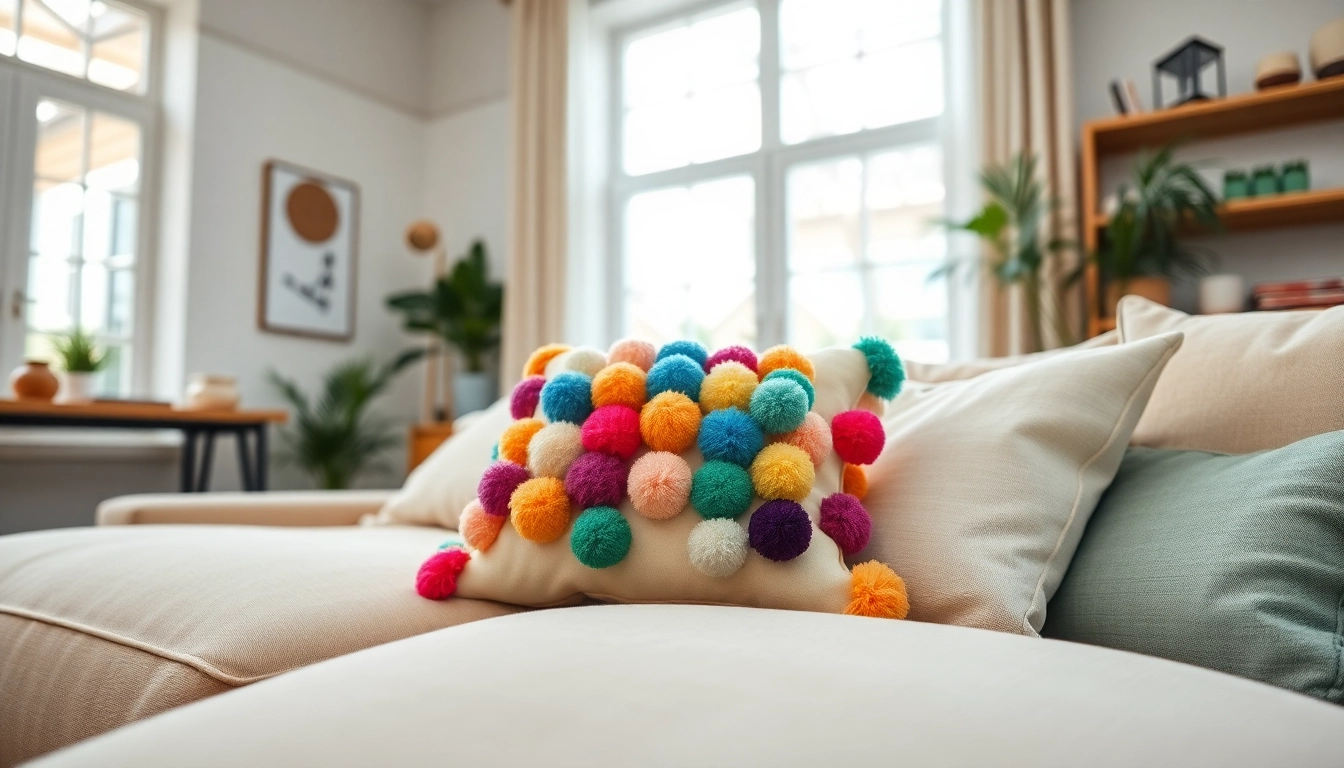Understanding Vietnamese Áo Dài
The Vietnamese Áo Dài is more than just a garment; it is a symbol of elegance, cultural heritage, and national identity for the Vietnamese people. This traditional outfit is characterized by its sleek design and vibrant colors, making it a popular choice for various occasions, from weddings to national holidays. In this section, we will delve into the historical significance of the Áo Dài, explore its traditional versus modern variations, and examine its role in Vietnamese culture.
Historical Significance of Vietnamese Áo Dài
The Áo Dài has deep roots in Vietnamese history, evolving through centuries of cultural interactions and influences. Its origins can be traced back to the 18th century, where it is believed to have evolved from the “Áo Tứ Thân,” a traditional outfit worn by women in Vietnam. Over time, the Áo Dài underwent significant transformations to better suit the changing societal norms and aesthetics. In the 20th century, during the French colonial period, the design became more streamlined and fitted. This modern iteration of the Áo Dài adopted Western influences, which contributed to the elegant silhouette we recognize today.
Traditional vs. Modern Variations of Áo Dài
Today, the Áo Dài exists in both traditional and contemporary forms. The traditional Áo Dài typically features a straight cut, high neck, and a side slit with wide-legged trousers, often made from silk or brocade. Color preferences for traditional styles often lean heavily into pastels and soft hues, reflecting grace and elegance, especially during celebrations such as the Lunar New Year.
In contrast, modern variations of the Áo Dài incorporate a wider palette of colors, patterns, and materials. Designers experiment with different fabric combinations, adding embellishments such as embroidery, beading, and even contemporary prints. The modern Áo Dài can often be seen at fashion shows and in urban settings, showcasing a blend of tradition with chic modernity that appeals to younger generations.
The Role of Áo Dài in Vietnamese Culture
The Áo Dài serves not only as a beautiful fashion statement but also as a cultural artifact that reflects the values and beliefs of Vietnamese society. It is commonly worn during significant life events such as weddings and traditional festivals, where it embodies the grace and delicacy of Vietnamese femininity. Moreover, the Áo Dài is often worn by baristas, teachers, and healthcare professionals, symbolizing a sense of pride in Vietnamese identity and profession. Its presence in various spheres of life highlights its versatility and significance in modern society.
Choosing the Right Vietnamese Áo Dài
Choosing the perfect Áo Dài can be an enjoyable yet challenging experience. It requires careful consideration of various factors including fabric selection, fit, and color. In this section, we’ll break down how to select the right Áo Dài that mirrors your style and body type effectively.
Fabric Selection for Comfort and Style
The choice of fabric is crucial when selecting an Áo Dài, as it can greatly affect both comfort and style. Traditional materials such as silk and cotton are favored for their breathability and soft touch against the skin. Silk, in particular, is highly prized due to its luxurious feel and sheen, making it an excellent choice for special occasions.
Modern variations may incorporate other fabrics, such as chiffon or lace, which can add a contemporary twist. Check the fabric’s weight: lighter fabrics are ideal for warm weather, while heavier fabrics may be suitable for cooler climates or formal events. Ultimately, the right fabric should provide a balance between comfort and aesthetic appeal.
Finding the Perfect Fit for Your Body Type
An essential part of wearing an Áo Dài is ensuring it fits well to enhance your natural shape. The traditional silhouette of the Áo Dài includes a long tunic that tapers at the waist. Therefore, paying attention to measurements around the bust, waist, and hips is critical. Regardless of your body type, tailored adjustments can help achieve the optimal fit.
For instance, if you have an hourglass figure, opt for a design that emphasizes your waist. On the other hand, A-line cuts can flatter those with broader hips or thicker midsections. Trying on various designs and styles can lead to discovering which cuts and patterns accentuate your unique physique.
Color Meanings and Their Importance
Color plays a significant role in the Vietnamese culture, often representing various emotions and symbolism. For example, red is associated with luck and prosperity, making it a popular choice for weddings and celebrations, while white is a color of mourning traditionally worn at funerals. Choosing the right color for your Áo Dài aligns with the occasion’s sentiment and significance.
In addition to traditional meanings, personal preference and skin tone should be considered when selecting colors. Warm tones complement those with a warmer skin tone, whereas cooler colors can enhance a cooler skin tone. Embracing colors that reflect your personality along with cultural meanings can make wearing the Áo Dài a deeply personal experience.
Styling Your Vietnamese Áo Dài
Styling your Áo Dài goes beyond simply wearing it. Accessories, hair, makeup, and footwear all come into play to create a complete, polished look. This section will guide you through the various styling elements that enhance your Áo Dài experience.
Accessories That Complement the Áo Dài
Accessorizing your Áo Dài can elevate the outfit and add a personal touch. Traditional accessories might include a conical hat, called a “nón lá,” which is not only practical for sun protection but also adds elegance to the look. Additionally, incorporating jewelry such as pearl earrings, delicate bracelets, or subtle necklaces can enhance the outfit’s beauty without overwhelming it.
For modern interpretations, consider statement pieces such as bold necklaces or intricately designed brooches that can serve as focal points. When accessorizing, balance is key – choose one or two standout pieces that complement rather than compete with the Áo Dài’s aesthetic.
Hair and Makeup Tips for a Complete Look
An essential aspect of styling your Áo Dài is the coordination of hair and makeup. Traditionally, Vietnamese women might wear their hair in simple yet elegant styles such as a bun or long, flowing waves. Incorporating floral accessories or delicate hairpins can enhance these looks. For modern styes, don’t hesitate to experiment with updos or contemporary hairstyles that reflect your personality.
Regarding makeup, opt for a natural look that emphasizes your features. Neutral makeup combined with a bold lip can provide a striking contrast to the Áo Dài’s beauty. Remember to adapt your makeup to suit the time of day and type of event you are attending – soft and romantic for daytime events, or more glamorous for evening gatherings.
Footwear Choices to Enhance Your Outfit
The footwear you choose can significantly impact the overall effect of the Áo Dài. Traditional footwear includes white or beige embroidered slippers that are both elegant and comfortable. For special events like weddings or celebrations, opting for embellished sandals or heels can elevate the attire further. Choosing the right footwear should prioritize comfort, especially if you plan to wear your Áo Dài for extended periods.
Moreover, consider the occasion when selecting footwear. For casual outings, simple flats may suffice, whereas formal events may call for more elaborate designs. Ensure your shoes harmonize with the rest of your outfit, reflecting your style while maintaining the Áo Dài’s sophistication.
Occasions to Wear Vietnamese Áo Dài
The Vietnamese Áo Dài is a versatile outfit that serves various purposes, from formal ceremonies to casual gatherings. Understanding where and when to wear it enhances the relevancy of this beautiful garment. This section will explore the most suitable occasions for donning the Áo Dài.
Festivals and Traditional Celebrations
Festivals are among the most prominent occasions to wear the Áo Dài. Traditional events such as the Tet Festival (Lunar New Year) see many individuals, especially women, dressing in vibrant Áo Dàis symbolizing fresh beginnings and joy. These celebrations highlight the beauty and cultural significance that the Áo Dài brings to Vietnamese identity.
Moreover, local festivals celebrating harvests or historical events also present opportunities to showcase the elegance of the Áo Dài. Participating in community festivals while donned in traditional attire strengthens cultural ties and honors the ancestors, displaying a unified national pride.
Weddings and Special Events
The Áo Dài is undoubtedly a beloved choice for weddings in Vietnam. Brides often wear beautifully embellished Áo Dàis that reflect traditional elegance and modern trends, while grooms commonly don matching outfits. The Áo Dài signifies purity, optimism, and love, making it a fitting choice for such significant life milestones.
Special events like anniversaries or family gatherings also provide opportunities for wearing the Áo Dài, as they serve to maintain cultural traditions and showcase individual heritage. Many families commemorate significant occasions by dressing in matching Áo Dàis, further solidifying familial bonds.
Modern Uses in Contemporary Settings
While the Áo Dài is steeped in tradition, it also finds its place in more contemporary settings. Modern workplaces, events, or even casual outings can see the Áo Dài adapted for practicality while still embracing its cultural essence. For example, designers have created shorter versions of the Áo Dài, reaching knee-length, making it suitable for everyday wear, such as in offices or universities.
Fashion shows and cultural exhibitions often feature the Áo Dài, reflecting its ongoing evolution and allowing designers to express creativity through this traditional garment. By adapting the Áo Dài for modern-day contexts, it not only upholds its cultural significance but allows new generations to appreciate and maintain its legacy.
Caring for Your Vietnamese Áo Dài
Proper care is essential to maintain the beauty and quality of your Áo Dài. This section provides valuable tips for cleaning, storage, and repairs to ensure your Áo Dài remains a treasured part of your wardrobe for years to come.
Cleaning and Maintenance Best Practices
Caring for the Áo Dài involves delicate handling, especially considering its often exquisite fabrics. When cleaning your Áo Dài, refer to the care label for specific instructions. Generally, hand washing with mild detergent is preferred for silk fabrics, as machine washing can cause damage.
For stains, treat them promptly to prevent setting. Use a gentle stain remover or even natural remedies like white vinegar or lemon juice, depending on the fabric. After washing, avoid wringing the fabric; instead, gently press water out with a towel. Air drying away from direct sunlight will help maintain color vibrancy and prevent fabric degradation.
Storage Tips to Preserve Quality
Proper storage is crucial for preserving the longevity of your Áo Dàis. Hang your Áo Dài on padded hangers to maintain the garment’s shape, avoiding wire hangers that may cause unwanted creases. If space allows, consider covering it with breathable garment bags to protect it from dust and environmental factors.
For long-term storage, ensure your Áo Dài is clean and completely dry to avoid mildew. Store it in a cool, dry place, away from direct sunlight, which can fade colors over time. Incorporating silica gel packets can help control moisture levels, preventing unwanted issues such as mold.
Repairing and Altering Your Áo Dài
Over time, wear and tear may necessitate repairs or alterations to your Áo Dài. Should you find a loose seam or small tear, it’s often best to consult a professional tailor who specializes in Vietnamese garments. Their expertise ensures that any repairs maintain the garment’s original integrity and aesthetic.
In instances where you wish to modify your Áo Dài for different occasions, such as adjusting the length or fit, alterations can breathe new life into the outfit. Be sure to communicate your preferences clearly with the tailor to achieve the desired result effectively without compromising the cultural significance of the Áo Dài.



